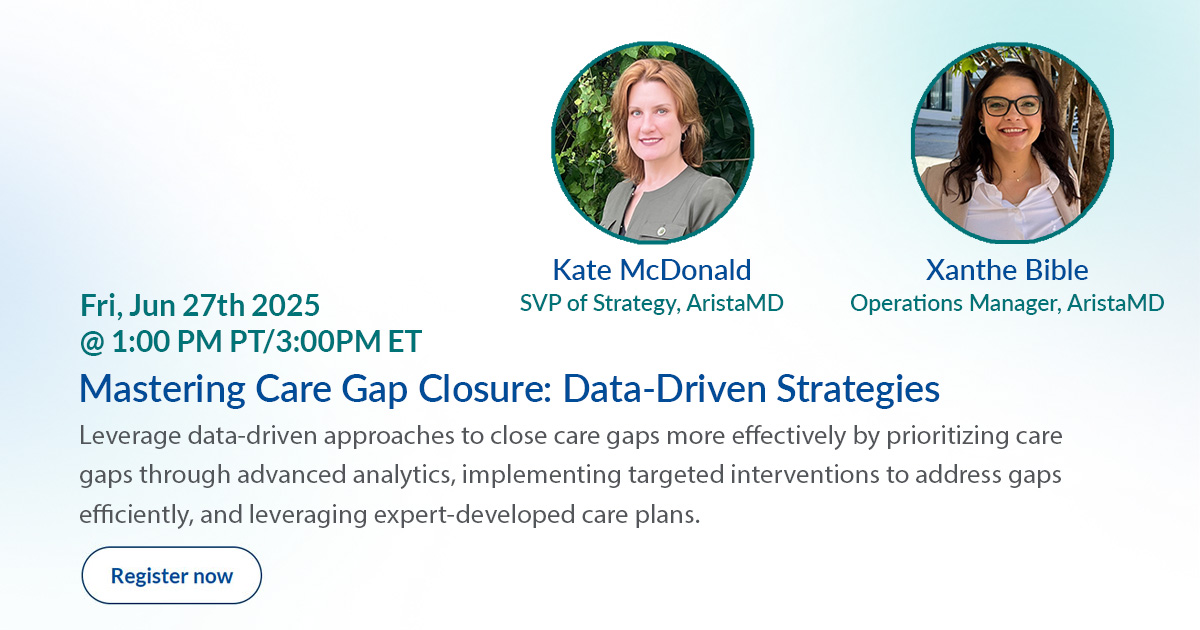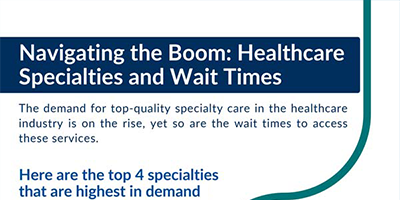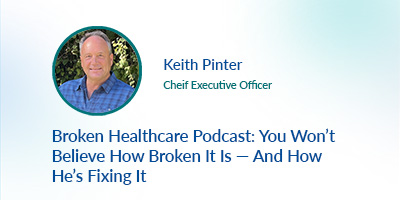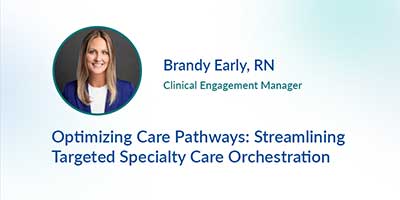Insights
Get healthcare insights from thought leaders, videos, webinars, case studies, and more.
Learn directly from healthcare
specialists in our webinars
Register for our next webinar >
View Webinars >
RESOURCE TYPES
Thought Leadership
Learn from healthcare providers
Literature
Review case studies and product literature

Videos
Watch videos and webinars
Care Pathways
Common conditions made easier by experts
Thought Leadership
At AristaMD, we partner with hundreds of top specialists, practitioners, and healthcare leaders. Here, you can learn from their experience.
View All Thought Leadership >
Beyond Clinical Excellence: The Operational Side of Care Gap Closure
Clinical care excellence meets operational reality. Read ...
The Precision Approach to Care Gap Closure: Data, Oversight, and Action
From missed statins to unfilled beta-blockers, care gaps ...
Transforming Diagnoses and Enhancing Clinical Quality
Transforming Diagnoses and Enhancing Clinical Quality: eC...
Elevating Care Impact: The Power of eConsults in Healthcare
eConsults in healthcare have significantly elevated care ...
Common Challenges to Achieve Clinical Quality Goals: Containment
Containment in healthcare involves equipping providers wi...
How eConsults Reduce Overuse of Emergency Departments
What drives overuse of emergency departments? Diminished ...
Literature
Interested in how cost-effective access to speciality care helps patients or how eConsults work in the real world? Our literature and case studies can help.
Review Literature >
Videos
At AristaMD, we partner with hundreds of top specialists, practitioners, and healthcare leaders. Here, you can learn from their experience.
Watch All Videos >
You Won’t Believe How Broken It Is — And How He’s Fixing It
Keith Pinter, CEO at AristaMD, recently joined The Broken Healthcare Podcast to discuss a critical challenge facing h...
Mastering Care Gap Closure: Data-Driven Strategies
Xanthe Bible, Operations Manager, and Kate McDonald, SVP of Strategy at AristaMD, share proven methodologies for iden...
The Power of Trust – Why Seniors Rely on Primary Care
The Broken Healthcare Podcast featured Keith Pinter, CEO of AristaMD, who discussed simplifying access to specialty c...
Rethinking Specialty Care: Strategies For Smarter Access and Better Outcomes
Learn how providers can leverage innovative solutions to manage patients more effectively within primary care by enha...
Optimizing Care Pathways: Streamlining Targeted Specialty Care Orchestration
Join Brandy Early, RN, for an informative session on optimizing care pathways and streamlining targeted specialty...
Diagnosis and Treatment of Congestive Heart Failure in the Primary Care Setting
In this webinar, Dr. Imburgia explains how a primary care provider can help diagnose and treat Congestive Heart Failu...
Care Pathways
Get simple to follow guidance for common conditions from expert specialists across specialties.
View All Care Pathways >
Musculoskeletal Care Pathways
Optimize care with Musculoskeletal Care Pathways. Manage joint pain, mobility issues, and inflamm...
Endocrinology Care Pathways: Diabetes
Is your patient’s last HgbA1c >9? PCPs treating patients with diabetes, eConsults provide val...
Care Pathways: COPD
For PCPs treating patients with COPD exacerbations, eConsults provide rapid access to pulmonologi...
Care Pathways: Hypertension
Discover a comprehensive care pathway for managing hypertension, featuring a cardiology eConsult ...
























